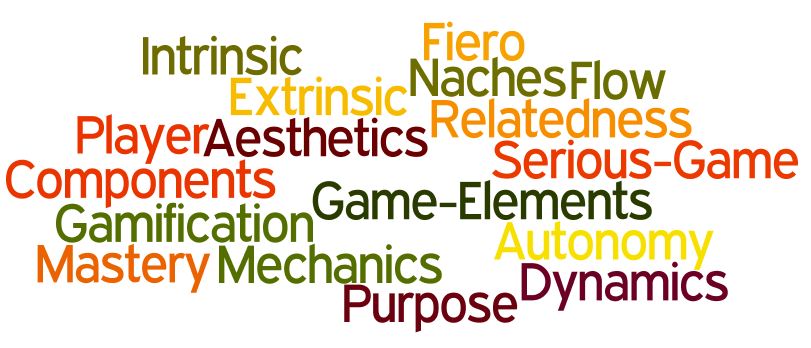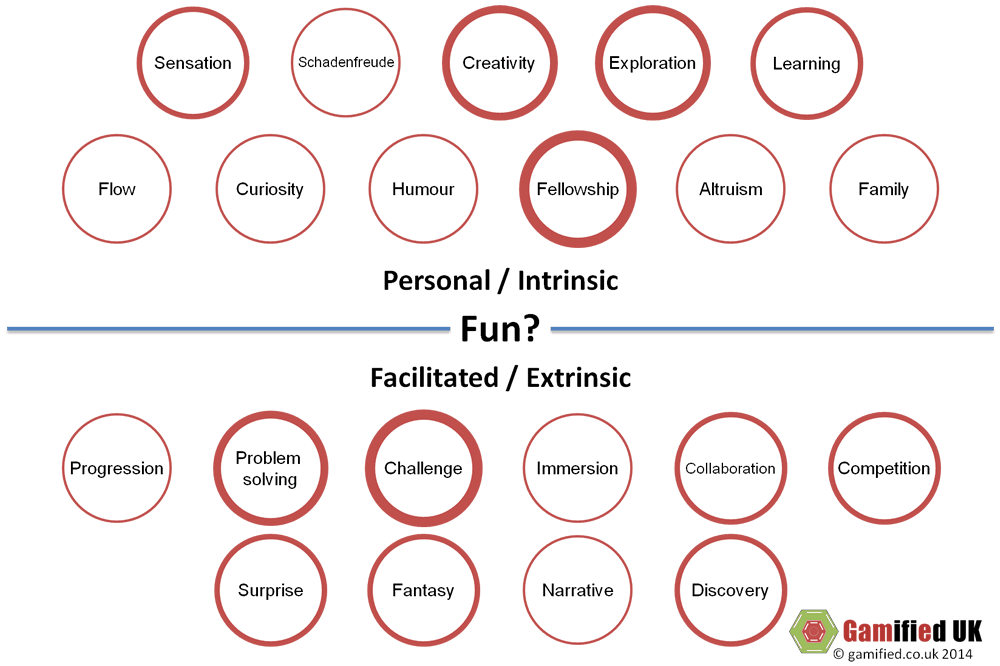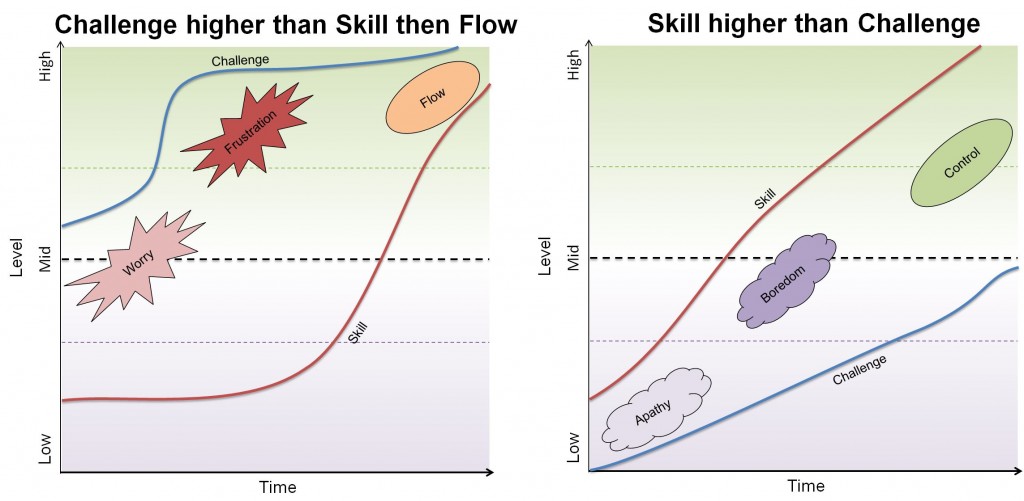In gamification, we (I) talk about flow all the time. But, as I have explained in previous posts, it isn’t really flow that we are speaking about in its truest for – rather balance. The fine line between challenge and ability, where a player might find themselves stretched but not in a position where the challenge is impossible (or boringly easy).
As a very quick reminder, Flow is a state that Mihály Csíkszentmihályi wrote about in his book “Flow: The Psychology of Optimal Experience [1]”. It is a state in which everything is perfectly balanced, skill, challenge, concentration and more. Time seems to stand still, the world around you evaporates – it is just you and the task.





